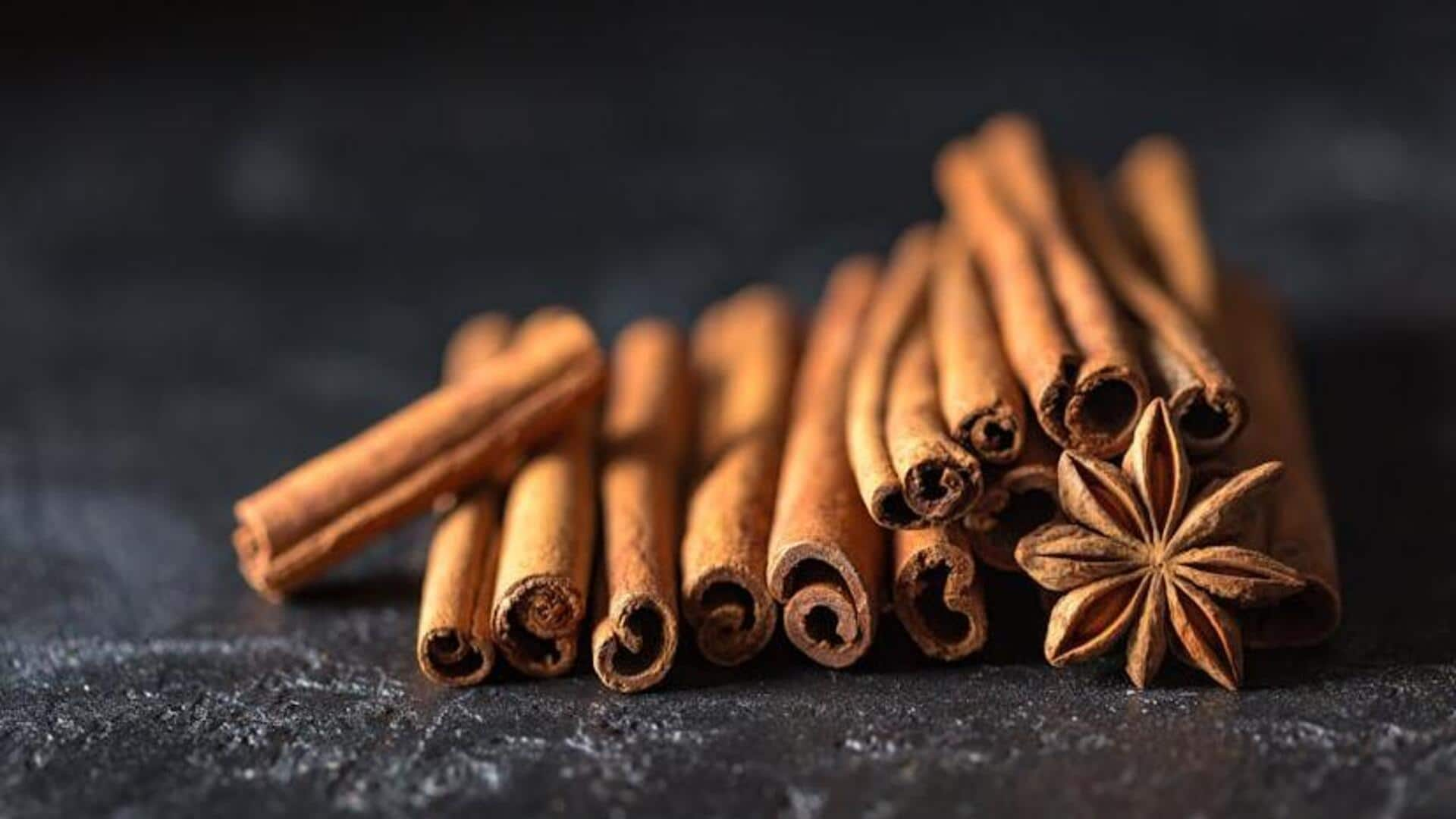
Cinnamon's journey: How an ancient spice became a modern staple
What's the story
With a history that dates back centuries, Cinnamon has long been a beloved spice.
Derived from the bark of Cinnamomum trees, it was once worth more than gold.
Nowadays, cinnamon is a kitchen staple in every household, found in the kitchens of homes across the globe.
Its evolution from ancient trade routes to modern supermarket aisles is both fascinating and timeless.
Here's more on this amazing spice.
Historical significance
Ancient trade routes and value
In ancient times, cinnamon was so prized that it was traded along major routes, including the famous Silk Road.
It was commonly used in religious ceremonies and as a symbol of status among elites.
The Egyptians used it in the process of embalming due to its preservative qualities.
Its worth was so much that it was often gifted to royalty as a token of wealth and power.
Farming evolution
Cultivation techniques over time
The story of cinnamon cultivation has transformed beyond recognition over the years. It was once harvested from wild trees, which was a labor-intensive exercise.
Over time, these methods have been revolutionized immensely. Today, countries such as Sri Lanka lead the way in cinnamon production.
They use sustainable farming practices, which not just guarantee the spice's high quality but also preserve natural resources.
This transformation strikes a balance between tradition and modern agriculture.
Global recipes
Culinary uses across cultures
Cinnamon's versatility is what makes it so popular across cuisines worldwide.
In Asia, it's used in savory dishes such as curries and rice preparations.
In Western countries, it's commonly used in desserts (think pies, pastries, etc.).
Its unique flavor profile elevates both sweet and savory dishes alike.
Nutritional insights
Health benefits backed by science
Modern research backs cinnamon's health benefits, emphasizing its antioxidants that reduce inflammation and improve heart health by lowering cholesterol.
Studies also indicate it helps regulate blood sugar levels in diabetes patients.
This spice's health benefits are scientifically backed, driving home the point that it's more than just a culinary spice.
It makes a great addition to dietary practices for its nutritional properties.
Diverse uses
Modern-day applications beyond cooking
Beyond cooking, cinnamon is utilized in several industries today.
These range from cosmetics (for its fragrant properties) to pharmaceuticals (for its potential medicinal benefits) and even pest control.
Its natural repellent qualities (against insects like ants or mosquitoes) make it an indispensable ingredient.
It stays relevant across multiple global sectors. This relevance remains, despite changing trends/preferences among consumers worldwide.
They keep appreciating this timeless spice's multifaceted utility beyond just enhancing flavors alone.